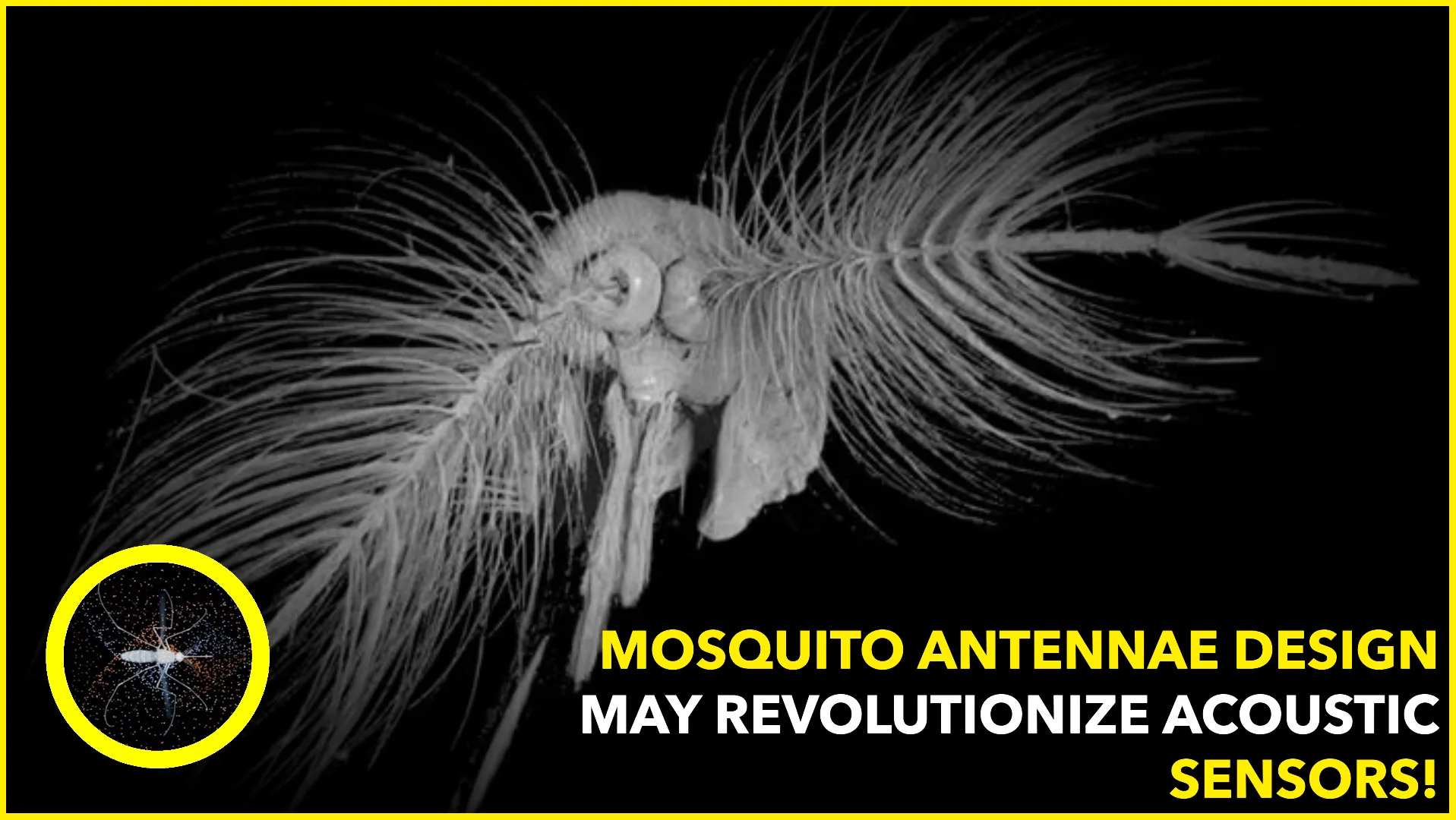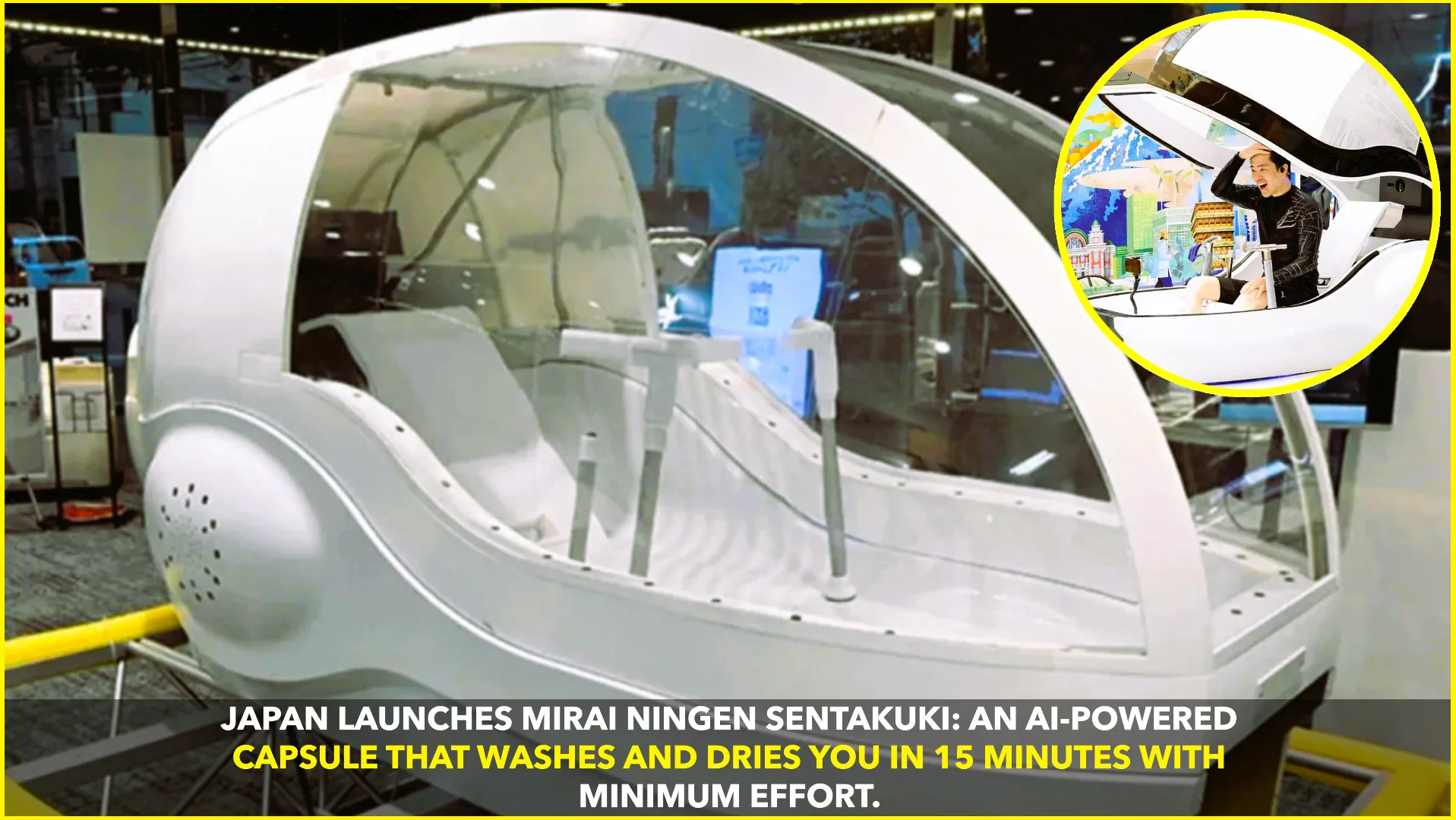Scientists have discovered that the intricate structure of mosquito antennae could inspire the development of advanced acoustic sensors. This breakthrough has the potential to revolutionize technologies used in medical devices, hearing aids, and sound detection systems. The study highlights how mosquitoes’ exceptional ability to detect sound over long distances could be replicated to create more sensitive and efficient sensors.
Unlocking Nature’s Design
Mosquitoes rely on their antennae to perceive sound vibrations, which play a crucial role in locating mates and detecting environmental cues. Unlike humans, who primarily hear through eardrums, mosquitoes sense sound through tiny hair-like structures on their antennae, which respond to minute air vibrations. Researchers found that these structures can detect low-intensity sounds from several meters away, a capability that has intrigued scientists for decades.
The latest study, conducted by a team of bioengineers and entomologists, delves into the biomechanical properties of mosquito antennae. Using high-speed imaging and advanced microscopy, the researchers identified that the antennae exhibit a unique combination of stiffness and flexibility. This balance allows mosquitoes to pick up faint sound waves while filtering out background noise, a feature that could significantly enhance modern acoustic devices.
Mimicking Nature for Technological Advancements
By replicating the structural design of mosquito antennae, scientists aim to create acoustic sensors that are both highly sensitive and energy-efficient. Current acoustic technologies, such as microphones and hearing aids, often face limitations in detecting low-amplitude sounds or distinguishing between overlapping noises. The biomimetic design inspired by mosquitoes could overcome these challenges by improving sound detection accuracy and reducing power consumption.
For example, medical devices like cochlear implants could benefit from enhanced sensitivity, allowing users to hear softer sounds and communicate more effectively. Similarly, industrial sensors designed for monitoring machinery or detecting structural issues in buildings could achieve greater precision, improving safety and maintenance efficiency.
Real-World Applications
The potential applications of these advanced acoustic sensors extend beyond healthcare and industry. In defense and security, highly sensitive sound detectors could enhance surveillance systems, enabling the identification of distant sounds such as approaching vehicles or footsteps. Environmental monitoring could also benefit, with sensors capable of detecting subtle changes in wildlife sounds, aiding conservation efforts.
Moreover, these sensors could be integrated into consumer electronics, such as smartphones and smart home devices, improving voice recognition and noise-canceling features. For instance, voice assistants like Alexa and Google Assistant could better understand commands in noisy environments, enhancing user experience.
Challenges and Future Research
While the concept of bio-inspired acoustic sensors is promising, several challenges remain. Replicating the precise structure and mechanical properties of mosquito antennae on a microscale requires advanced manufacturing techniques. Researchers are exploring nanotechnology and 3D printing methods to achieve the desired level of detail and functionality.
Additionally, integrating these sensors into existing devices must ensure compatibility, durability, and cost-effectiveness. Ongoing research aims to refine the design and production processes, paving the way for practical applications in everyday technology.
Conclusion
The discovery of the sophisticated design of mosquito antennae opens new possibilities for developing advanced acoustic sensors. By harnessing the natural capabilities of these tiny insects, scientists are poised to create technologies that enhance sound detection across various fields. As research progresses, bio-inspired sensors could become a standard component in medical devices, security systems, and consumer electronics, improving both functionality and efficiency. This innovative approach underscores the importance of studying nature’s designs to drive technological advancements, demonstrating how even the smallest creatures can inspire groundbreaking solutions.










